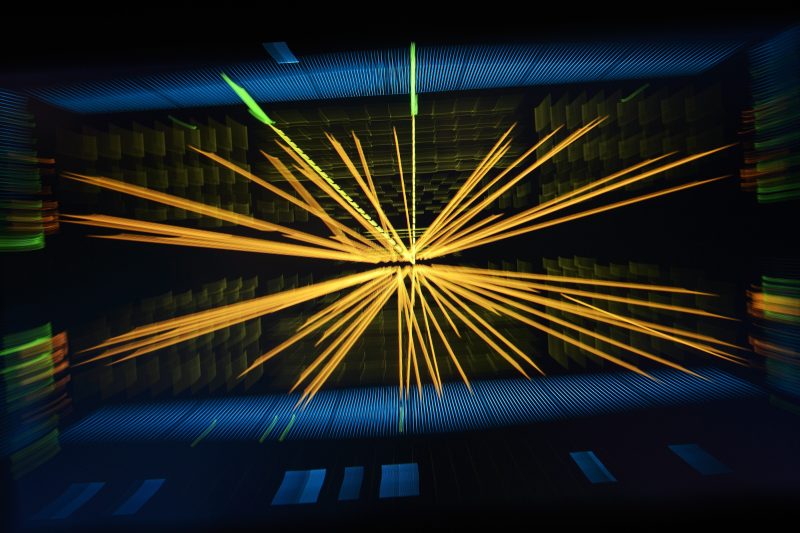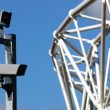Euphoria gripped the scientific community recently, when it became well known that it was very likely that the Higgs boson had at last been discovered. Predicated by Peter Higgs, along with others, the particle has eluded discovery for almost 50 years. Now CERN’s Large Hadron collider (LHC) near Geneva, the world’s most complex machine, has done the business â the long held theories has been proved correct.
But this as Peter Higgs says is not the end of the road: the particles puzzling features are yet to be unravelled. And at a recent meeting of Nobel prize-winners in Lindau, doubts were raised about the ability of the LHC to achieve this. In the LHC extraordinarily high-speed protons smash in to one another, releasing a complex mass of more fundamental particles (quarks and gluons). Amongst this mayhem the Higgs boson briefly exists, so nailing its properties may prove very difficult indeed. So what to do next?
Particle physicists suggest building a new machine, only this time colliding electrons and positrons (the electron’s anti-particle). These particles are much simpler than protons so the outcome of collisions is less confusing. Plans for such a machine, the International Linear Collider, were proposed by scientists some while ago, and the hope is that the excitement surrounding the discovery of the Higgs boson will initiate action. This may be a vain hope: the new collider would be even bigger than the massive LHC, and the anticipated cost of $20 billion is likely to dampen the enthusiasm of even the most supported governments. With public finances throughout the world stretched to breaking point this seems a non-
starter.

Nobel prize-winner Carlo Rubbia, however, thinks that the mysteries of the Higgs boson could be unravelled by a muon-anti muon accelerator, a machine many times smaller than the LHC. Muons, although similar to electrons, are 200x larger and could be accelerated sufficiently over much shorter distances to generate Higgs bosons. A cheaper option certainly, but it still costs.
The discovery of the Higgs boson has stoked up enthusiasm for big physics, but with dollars, pounds and euros in such supply it seems unlikely that a second generation internationally funded will accelerator will be making an appearance in the near future.









